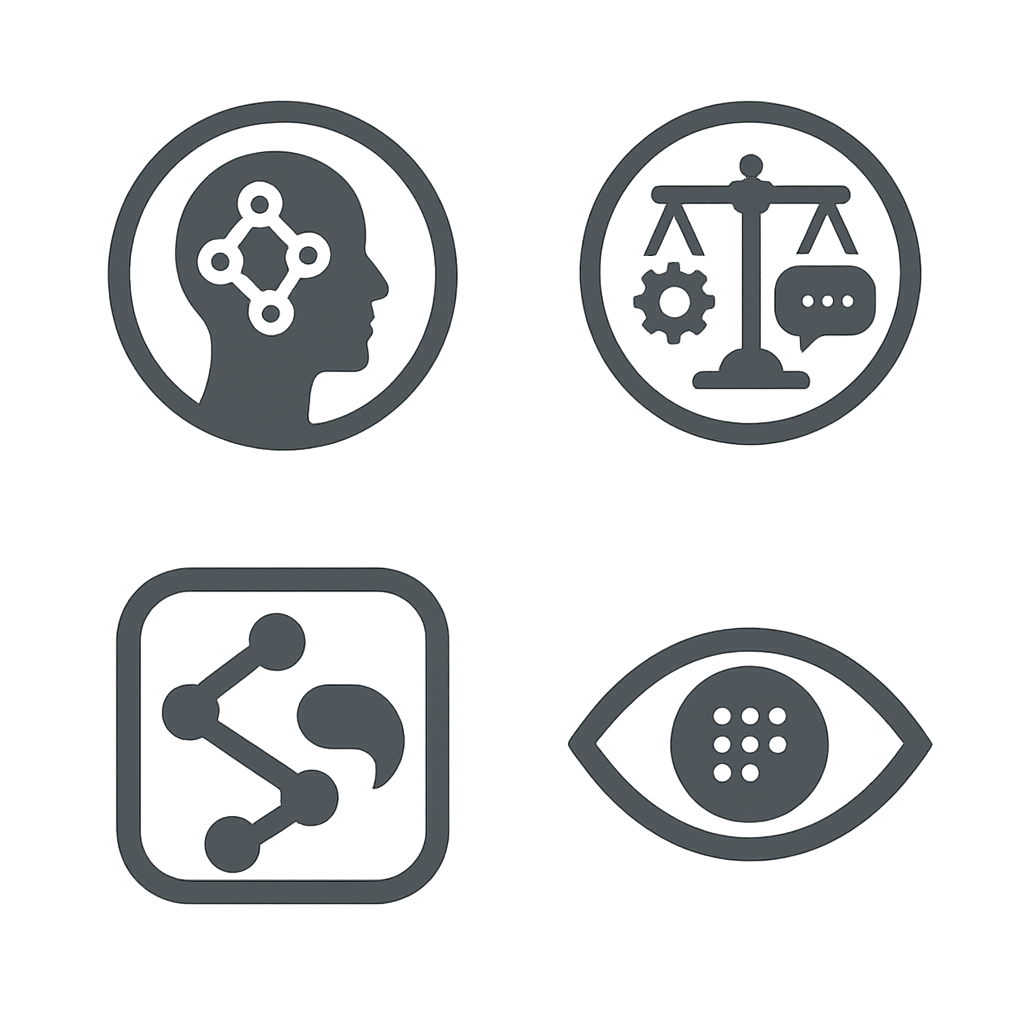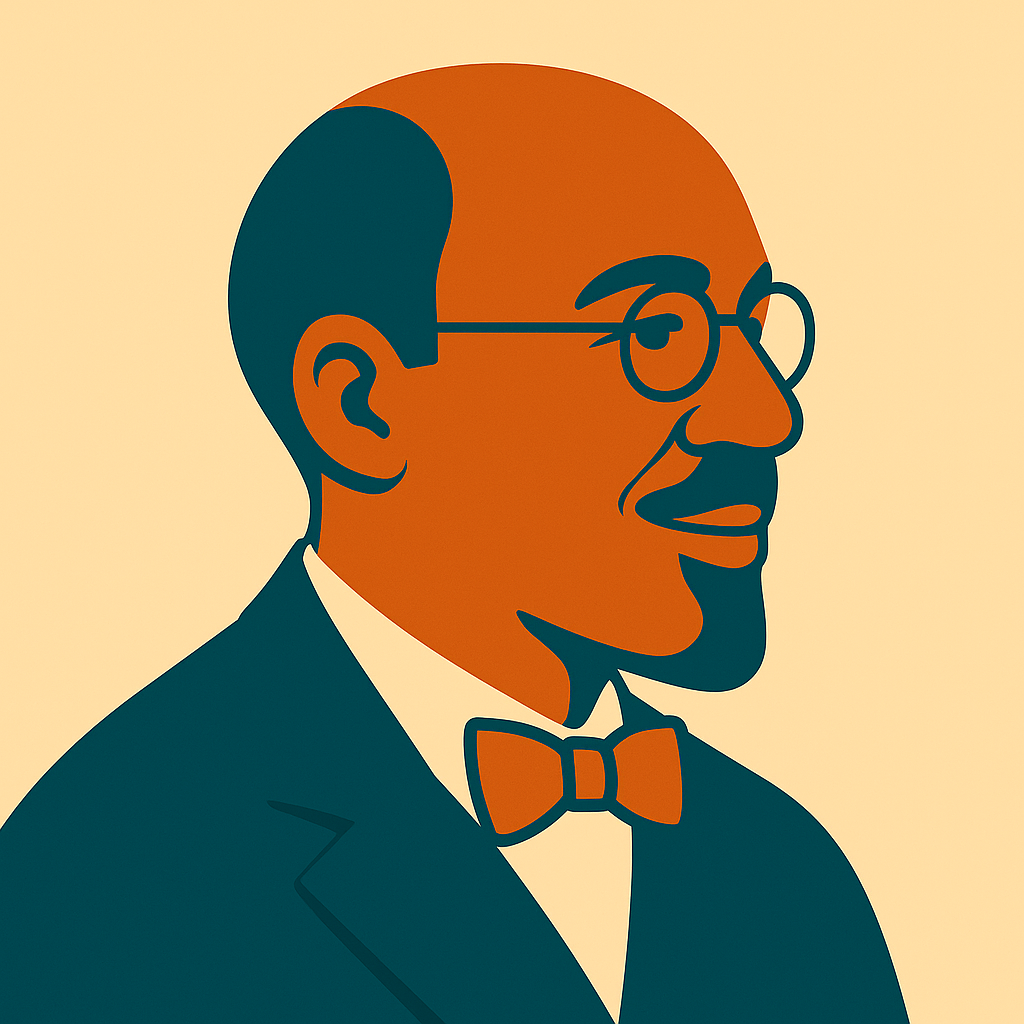Teaser
Let’s see AI with Du Bois as a new scene of double consciousness: we learn to see ourselves through the gaze of scoring systems and publics. His data-driven moral sociology would demand countersurveillance and emancipatory statistics—not only to describe the world, but to change it.
Introduction
Across The Philadelphia Negro and The Souls of Black Folk, Du Bois fused empirical inquiry with a project of emancipation. He measured housing, wages, health, and schooling—and also narrated the psychic costs of living behind “the veil.” If platforms and predictive systems assign scores to our credit, safety, voice, and worth, then a Du Boisian lens asks both how those scores are made and how they shape self-knowledge, opportunity, and citizenship.
Five Du Boisian lenses for AI
1) Double consciousness, updated. Platform life multiplies the “two-ness” Du Bois named: how I understand myself, and how I am computed—by risk models, engagement metrics, and ranking feeds. Reflexive research should trace how people anticipate machine judgments and perform for them, often at personal cost.
2) The color line as data line. Du Bois called the color line the problem of the twentieth century; today’s line runs through datasets, features, and deployment sites. Disparities don’t only appear in outputs; they enter through problem choice, proxy variables, missing or biased data, and organizational incentives.
3) Emancipatory statistics. Du Bois pioneered public-facing data portraits to overturn racist “common sense.” In AI, emancipatory statistics means disaggregated evaluation, community-owned datasets, and reporting that centers those most affected—paired with concrete remedies, not only metrics.
4) Countersurveillance and the right to opacity. If surveillance renders some lives hyper-visible and others invisible, Du Bois would advocate community control over data exposure, meaningful consent, and the practical ability to refuse or redirect extraction.
5) Institutions that make dignity real. Du Bois built schools, newspapers, and study clubs to turn knowledge into power. AI governance needs the same institutional imagination: public compute, community data trusts, enforceable appeal routes, and representation in non biased standards bodies.
Three applications
Credit, hiring, and housing. Risk and fit scores translate old exclusions into “objective” numbers. A Du Boisian audit asks: which proxies carry race and class, what are group-specific error rates, and what material remedies (alternative documentation, human review, adverse-action appeals) exist?
Education analytics. Student dashboards can support care—or intensify tracking. Emancipatory use: co-interpretation with students and parents, opt-outs without penalty, and supports tied to resources (tutoring, stipends), not punishment.
Policing and public safety. Precinct-level prediction often reproduces the geography of disadvantage. Countersurveillance includes community mapping of stops/harms, independent evaluation of false positives, and shifting investment from predictive patrols to services that actually reduce harm.
A Du Bois-style toolkit (practical)
- Double-consciousness diary: Have participants log moments they anticipate or adapt to a system’s judgment; analyze the costs of living “for the score.”
- Dataset genealogy: Trace provenance, exclusions, and proxy features; document who consented, who couldn’t, and who is missing.
- Emancipatory charts: Reproduce model results as clear public visuals (by neighborhood, school, language, disability status) with paired policy options.
- Counter-evidence lab: Fund community groups to run shadow audits and submit binding corrections (appeals that change models, not just cases).
- Material remedy log: Track not only accuracy, but debt forgiven, benefits restored, jobs placed—outcomes people can feel.
Guiding questions
- Where do scores script how people see themselves—and what practices loosen that grip?
- Which “objective”, indeed biased features are proxies for past injustice, and what are the alternatives?
- What forms of countersurveillance and community governance make dignity actionable?
Literature (APA)
Du Bois, W. E. B. (1899/1996). The Philadelphia Negro: A Social Study. University of Pennsylvania Press. Publisher page (Penn Press).
Du Bois, W. E. B. (1903/2007). The Souls of Black Folk. Oxford University Press. Publisher page (OUP).
Du Bois, W. E. B. (1900/2018). W. E. B. Du Bois’s Data Portraits: Visualizing Black America (M. Battle-Baptiste & B. Rusert, Eds.). Princeton Architectural Press. Publisher page (Princeton Architectural Press).
Du Bois, W. E. B. (1935/1998). Black Reconstruction in America, 1860–1880. Free Press. Publisher page (Simon & Schuster/Free Press).


Leave a Reply